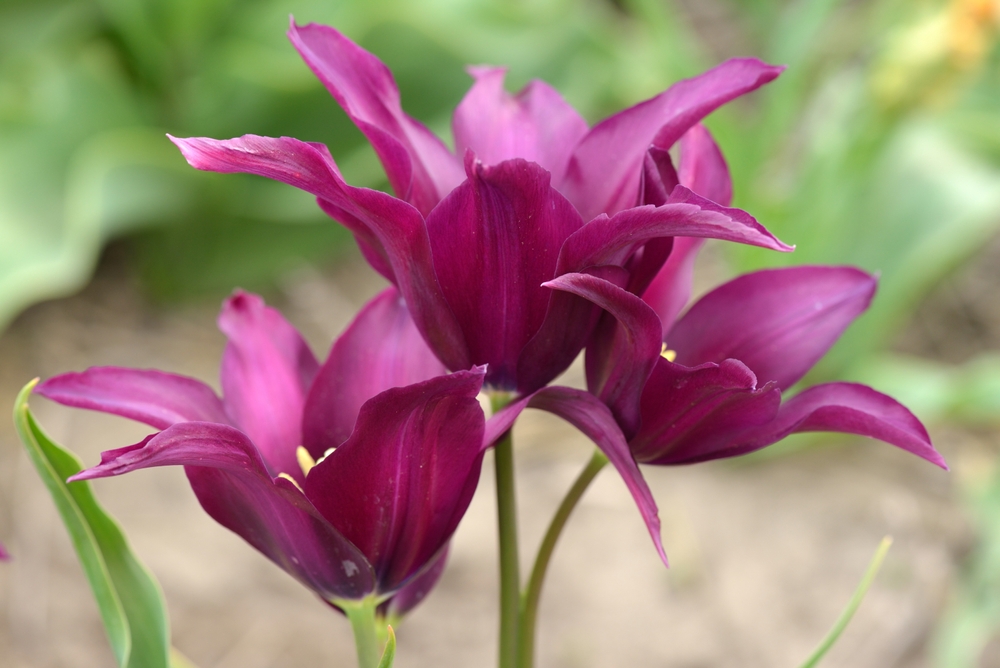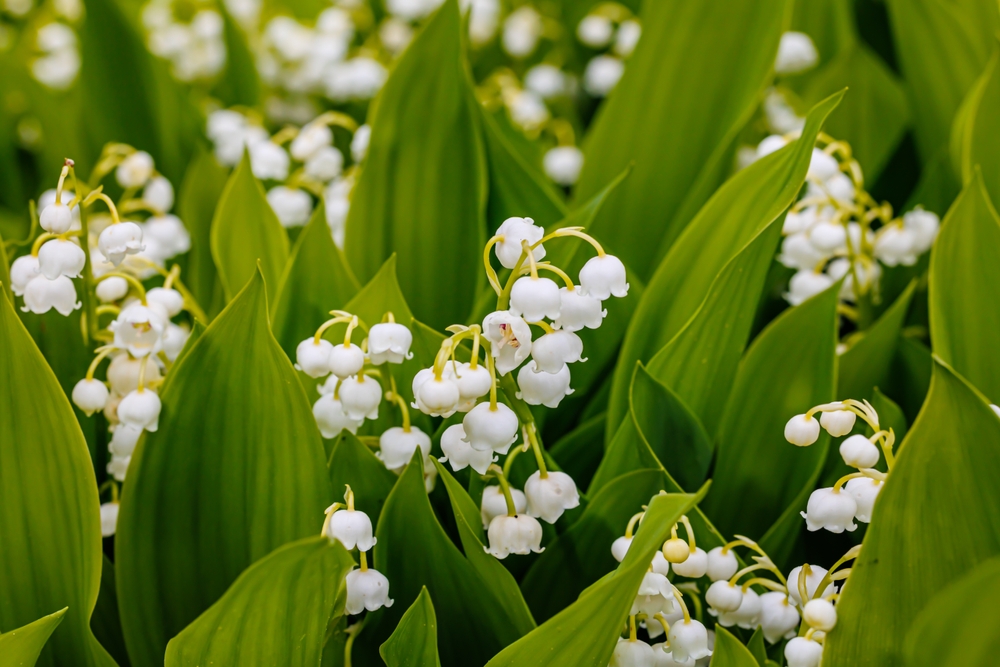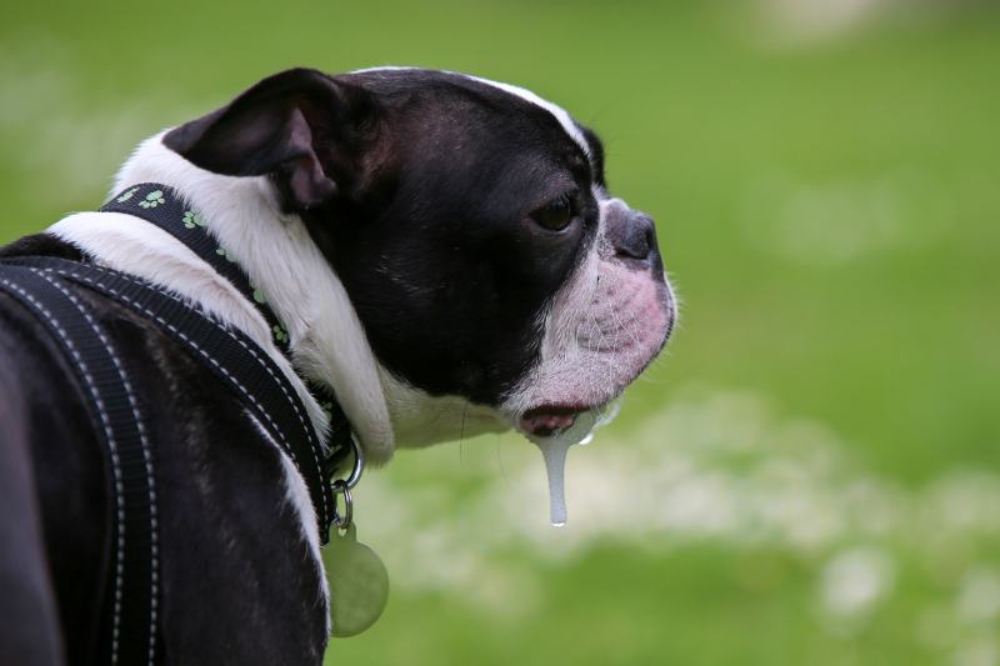Flowers is also pretty, nevertheless there are undoubtedly pretty only a few accessible within the market which is ready to pose necessary risks to your pets. Must you dwell with a canine, it’s essential to know which crops are protected. The lily family (Liliaceae)which contains about 15 genera and roughly 610 species, could also be very relating to. Whereas crops from two genera on this family, Lily (True lilies) and Hemerocallis (Day lilies), are deadly toxic to cats, their toxicity in canine stays unconfirmed. The extent of toxicity to canines of crops contained within the Liliaceae family varies all through species, with some being virtually harmless whereas others being terribly poisonous. To complicate components additional, some crops that aren’t really lilies nonetheless embrace the time interval ‘lily’ of their names, together with to the confusion.
We’ll definitively say that these crops are further toxic to cats than canine as a consequence of their completely different physiologies. The one advice we’re prepared to produce is to avoid together with any lilies to your yard or as houseplants in your own home in case you presumably can have a pet. Prevention is by far among the best therapy.

Examples of Toxic Lily Species
Lilies as a gaggle are pretty only a few. We’ll say most species are perennial bulbs. Many species have showy flowers or are aromatic. Scientists think about with these of the Lily genus on account of the true lilies. Many cultivars go by their scientific title, making understanding this knowledge useful.
Canines are weak to unintentional poisoning as a consequence of their consuming habits. Many pups eat one issue they uncover, making canines further liable to develop to be victims. That’s why we advise avoiding any lily plant altogether since most accidents occur contained within the pet’s dwelling. As outlined, the diploma of toxicity varies with the species. As an example, the Easter lily (Lilium longiflorum), which belongs to the Lily genus, is simply not documented as toxic to canine, nevertheless this may be very toxic to cats.
Species of crops contained within the Liliaceae family which is likely to be toxic to canine—and cats as effectively—by way of pretty only a few toxins embrace the next:
- Tulip (Hearth species)
- Hosta (Hosta plataginea)
- Climbing lily (Good and proud)
- Lily of the valley (Convallaria majalisspp.)
- Lily of the palace or Barbados Lily (Hippeastrum)
Learning referring to the hosta, or plantain lily, shocked us, given how in model the plant is for landscaping. Hostas embody saponins, which set off gastrointestinal components in canine, cats, and horses after consuming them. Notably, rabbits and deer can eat them with out struggling any unwell outcomes. Rutgers New Jersey Agricultural Experiment Station lists it as considered one amongst many least deer-resistant species. Nonetheless, the takeaway is that toxicity varies with the animal. So, just because wildlife can eat a constructive plant doesn’t level out it’s protected to your canine.

Totally utterly completely different Species of Crops Commonly known as Lilies
There are a selection of crops sometimes typically often called lilies nevertheless are actually members of varied households. “Lily” has come to level any equally wanting flower, and likewise you’ll uncover pretty a bit variation on this doc. Toxic species to canine that do not belong to the Liliaceae family embrace the next:
- Lily of the valley (Convallaria Majalis)
- Calla lily or Trumpet lily (Zantedeschia spp.)
- Wild daffodil or Lent lily (Narcissus pseudonarcissus)
- Lily of the palace or Barbados Lily (Hippeastrum)
- Peace lily (Spathiphyllum)
- Impala lily (Adenium obesum)
- Flamingo lily (Anthurium scherzeranum)
We’ve included the scientific names of all these species since many have pretty only a few widespread names, additional complicating their classification. Some crops have “spp.” after their genus title to diploma that many species exist beneath that umbrella, along with many cultivars. Toxicity exists regardless of the explicit explicit individual species.

 Indicators of Poisoning
Indicators of Poisoning
The variety of crops on our doc solely scratches the underside of the issues with lilies. The indications of poisoning may also differ on account of precise toxin and its outcomes. As an example, wild daffodils and lily of the palace embody a toxin sometimes typically often called lycorine. This alkaloid is accountable for the indications of poisoning that observe the ingestion of this plant: vomiting, nausea, mouth irritation, abdomen ache, and diarrhea.
Among the many many widespread indicators of poisoning is vomiting. A canine solely must eat one bulb to diploma out indicators of toxicity. The toxin is principally concentrated contained within the bulb, nonetheless ingestion of the leaves is equally worrisome.
Totally utterly completely different crops, equal to calla lily and peace lily, embody insoluble calcium oxalate crystals, which can set off mouth irritation when ingested or chewed. These crystals may end up in indicators like drooling, draw again swallowing, pawing on the mouth, vomiting, and swelling of the lips and tongue.
Lily of the valley could also be very dangerous on account of it consists of poisons which is ready to adversely impression your pet’s cardiovascular system. Puppies and senior canine are on essential menace. Tulips are moreover terribly toxic as a consequence of their tulipalin A and B content material materials supplies provides, which causes drooling, vomiting, despair, and diarrhea. The most effective focus of these chemical compounds are contained within the bulbs and there isn’t any acknowledged antidote.
The most common indicators of toxicosis embrace the next:
- Vomiting
- Drooling
- Diarrhea
- Lack of urge for meals
- Lethargy
- Abdomen ache
- Seizures


Evaluation and Treatment
Due to species differ, there are pretty only a few mechanisms of movement referring to unintentional poisoning. That, in flip, impacts the therapy and prognosis. Must you watched your canine has eaten lilies or any poisonous plant, immediately contact your vet or the ASPCA Animal Poison Administration Coronary coronary coronary heart hotline (888-426-4435).
💛 🐶 Converse To a Vet On-line From the Comfort of Your Couch!

Must you wish to converse with a vet nevertheless can’t get to 1, head over to PangoVet. It’s an web primarily based service the place chances are high excessive you’ll think about to a vet on-line and get the personalised advice you wish to your pet — all at an fairly priced worth!
Accumulate pretty only a few the remaining crops to take to the clinic with you for proper identification, if potential. Likelihood is excessive you’ll as correctly snap a picture collectively alongside collectively together with your smartphone. In case your pet isn’t exhibiting indicators, your vet may elect to induce vomiting. Extra therapy will rely upon the toxin and can nearly undoubtedly embrace supportive care, equal to intravenous fluids and anti-nausea therapy.
Fast movement is important since many flora species embody nearly undoubtedly life-threatening toxins. Elements from unintentional poisoning may embrace organ harm, requiring further care and potential hospitalization.

Prevention
Preserving these crops out of your yard and home is without doubt one of the greatest prevention. We strongly urge you to evaluation any species to substantiate it is protected for pets. Don’t assume your canine will go away them alone. A bored animal will uncover components to do, even stuff they shouldn’t, like consuming toxic crops. Many are bitter and would possibly deter your pup from ingesting them. Nonetheless, that’s not a solution nor a clever technique.
 Final Concepts
Final Concepts
Tons of of lily species exist, with completely different ranges of toxicity. As an example true lilies and day lilies are terribly toxic to cats, whereas not notably unsafe for canines. Nonetheless, completely utterly completely different crops that belong to the Liliaceae family are toxic to canine, and an excessive amount of completely utterly completely different crops going by the lily title are moreover poisonous to canine and completely utterly completely different pets. Due to this reality, we solely counsel pet-safe crops in your own home or yard to cease unintentional poisoning. By deciding on pet-safe crops, chances are high excessive you’ll profit from the beauty of nature with out inserting the one you are eager on companions at risk.
Featured Image Credit score rating ranking rating: Bhupinder Bagga, Shutterstock



